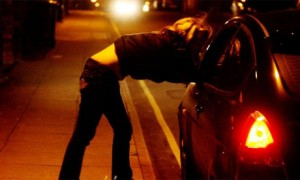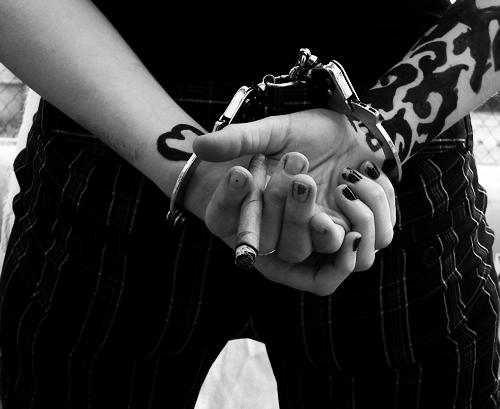The comprehensive new study, “Comparing Sex Buyers with Men Who Don’t Buy Sex,” headed by Melissa Farley, is a follow-up to Farley’s 2009 study, and discusses the characteristics of men who buy sex versus those who don’t. Besides their involvement with prostitution, they revealed different attitudes and behaviors when it came to sex. An overwhelming amount of johns reported that prostitutes “like” to have sex, which contrasted with the view of one non-sex buyer who said “They don‘t enjoy it at all. They just blank their mind out. Men think they enjoy it, but it is just fake.” Furthermore, non-sex buyers revealed that “coercing” someone by paying them for sex was not a “turn-on” for them.
 Johns reported that they purchased sex because they were guaranteed submissiveness on the part of the prostituted woman or child. The distinct power imbalance and lack of relationship obligation was noted as a driving factor for those who purchase sex. Many of the johns reported having girlfriends or wives, and say they purchase sex to do the “dirty” sex acts that they would not do with their significant others because these acts could cause her to lose her self esteem. Though sex buyers recognize these distinctions, many commented that the sense of entitlement and degradation towards woman that develops from purchasing sex taints other relationships and their general attitude towards women.
Johns reported that they purchased sex because they were guaranteed submissiveness on the part of the prostituted woman or child. The distinct power imbalance and lack of relationship obligation was noted as a driving factor for those who purchase sex. Many of the johns reported having girlfriends or wives, and say they purchase sex to do the “dirty” sex acts that they would not do with their significant others because these acts could cause her to lose her self esteem. Though sex buyers recognize these distinctions, many commented that the sense of entitlement and degradation towards woman that develops from purchasing sex taints other relationships and their general attitude towards women.
Two-thirds of both the sex buyers and non-sex buyers observed that a majority of women are lured, tricked, or trafficked into prostitution; however, this failed to deter sex buyers from purchasing sex. Almost all study participants agreed that minors were readily available to purchase for sex. About a third of sex buyers knew many prostituted women started when they were underage, but this also provided no deterrence from purchasing sex.
One non-sex buyer illustrated an understanding of the force used in prostitution:
“I don‘t think prostitution is quite the same as rape. Rape is worse. But it‘s close to the rape end of the spectrum. It‘s not rape, because there is superficial consent. On the face of it, the prostitute is agreeing to it. But deeper down, you can see that life circumstances have kind of forced her into that, even though she has agreed to it. It‘s like someone jumping from a burning building—you could say they made their choice to jump, but you could also say they had no choice.”
When asked what would deter them from buying sex, the top three deterrents incorporated consequences that would cause the buyer to be identified, these included: 1) added to a sex offender registry (89%), photo/name in local paper (84%), photo/name on billboard/poster (84%). Community service and having to attend an education program ranked as the least likely to deter a buyer from purchasing sex.
In efforts to slash demand, the Defenders, an initiative of Shared Hope, encourages accountability through the Defenders pledge that they will never purchase sex or engage in other exploitative behaviors. The Defenders host truck stop campaigns and motorcycle rallies to draw awareness to the issue and prove that some men defend women rather than exploit them.
 One of the
One of the  To understand why the average age of entry is so young, we must understand the strategy used by pimps. When many people think of sex trafficking, they think of kidnapped children enslaved in a foreign brothel. However, the commercial sexual exploitation of minors occurs in every corner in the U.S. While kidnapping for the purpose of sex trafficking does occur in America, a common tactic used by pimps is trauma bonding. According to
To understand why the average age of entry is so young, we must understand the strategy used by pimps. When many people think of sex trafficking, they think of kidnapped children enslaved in a foreign brothel. However, the commercial sexual exploitation of minors occurs in every corner in the U.S. While kidnapping for the purpose of sex trafficking does occur in America, a common tactic used by pimps is trauma bonding. According to  Why would Sen. Reid risk saying such a bold statement? He insisted it was because he wanted to “prove that we’re [Nevada is] a 21st-century state” revealing that he believes legal prostitution mars the reputation of Nevada. He followed with an anecdote about meeting a company who chooses not to move to Nevada over this very concern. Sen. Reid reasoned, “Nevada needs to be known as the first place for innovation and investment – not as the last place where prostitution is still legal.”
Why would Sen. Reid risk saying such a bold statement? He insisted it was because he wanted to “prove that we’re [Nevada is] a 21st-century state” revealing that he believes legal prostitution mars the reputation of Nevada. He followed with an anecdote about meeting a company who chooses not to move to Nevada over this very concern. Sen. Reid reasoned, “Nevada needs to be known as the first place for innovation and investment – not as the last place where prostitution is still legal.”





